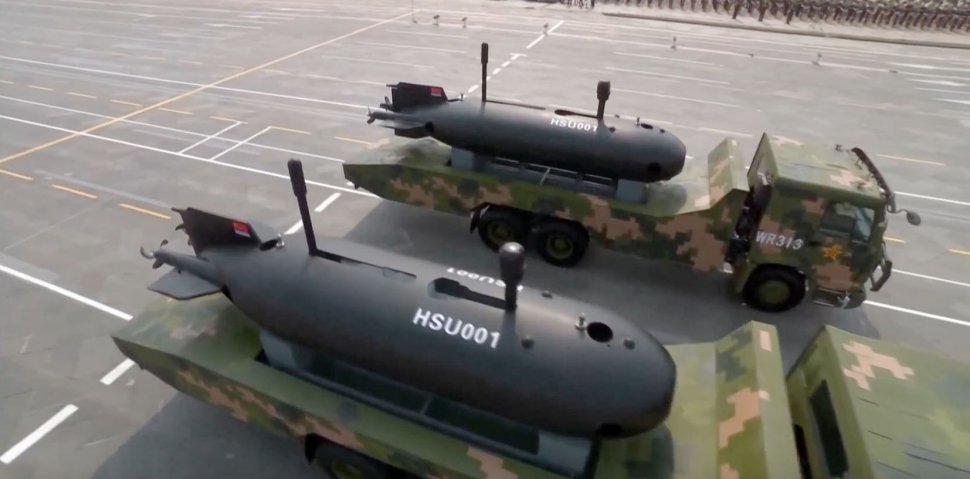
Chinese Navy’s Advancements: Challenge Or Opportunity For India
 Sat, 19 Nov 2022
| Reading Time: 5 minutes
Sat, 19 Nov 2022
| Reading Time: 5 minutes

The Chinese digital news outlet ‘The Paper’, recently published details of China State Shipbuilding Corporation’s display of a large number of unmanned underwater vehicles (UUVs), unmanned surface vessels (USVs), and underwater gliders at the Zhuhai air show. These numbers exceeded those put up at any previous editions of the event that takes place every two years.
Though unmanned aerial vehicles (UAV), like Wing Loong 3, were getting all the attention, however, these UUVs and USVs are equally capable. They can undertake reconnaissance, surveillance, mine sweeping, precision strikes, and many such tasks stealthily.
The Chinese UUV and USV journey is not very old. Therefore, their progress in such a short period is impressive if we don’t question their means of acquiring the technology. Compared to this, India has hardly made any progress in producing such surface and sub-surface platforms. In a recent article by a senior retired naval officer on the composition of the future Indian Naval fleet, UUVs and USVs were altogether missing.
Is this lack of understanding or vision for a future war? Is Indian Navy planning for tomorrow’s war with yesterday’s technology? Whatever it may be, if the leadership of the Indian Navy doesn’t buck up and project its modernization requirements to the Government of India, then it will be a deja vu Chinese UAV once again.
Why UUVs And USVs?
The maritime autonomous systems’ maintenance costs are not high, and the threat to crew safety is reduced. They have added advantage of higher maneuverability, deployability, flexibility, lower implementation costs, and improved operational time without the rest and recreation (R&R) requirements.
As per Naval Technology the future UUVs and USVs would be able to do a host of tasks stealthily. Today 98 percent of international internet data flows through undersea cables; imagine a UUV tapping into it to gather intelligence or cutting it to deny communication (remember the recent Nord Stream pipeline damage).
Another important task of UUVs could be minesweeping. In this role, UUVs are launched and recovered from a submerged submarine. This would extend the submarine’s capability to conduct mine reconnaissance clandestinely. UUVs can also lay sensors on the sea floor to find other submarines and recover/redeploy the same once the task is over. They can also scan the ocean for enemy-deployed sensors and track enemy submarines and UUVs/USVs.
Delivery and retrieval of specific payloads for special forces could be another task for UUVs. They can also act as decoys mimicking the signature of their own submarine to disrupt enemy planning. It is a long list of potential tasks that the UUVs and USVs could undertake.
Why Deny PLAN Survey In IOR
There have been numerous instances where Chinese UUVs were caught surveying the territorial waters of South East Asian countries. They are also a regular feature in the Bay of Bengal and other parts of the Indian Ocean. They are there for a purpose.
As per National Academies Press, it is imperative to understand that naval operations in the air, at the sea surface, and in the ocean need good information about the environment. Knowing the acoustic environment in the upper ocean enables the prediction of the performance of sonar sensors. Similarly, knowing the presence of bioluminescent organisms in a nearshore area could predict difficulty for a Special Operations Force or mine countermeasure activity. Knowledge of undersea topography aids in submarine warfare. This kind of knowledge and understanding of the environment is an essential component of technological superiority.
The Chinese ships undertaking any survey in Indian waters is a threat to India in any future war. It should be discouraged by the Indian Navy using every possible means. If there is any hesitation, they have to ask only one question — would China allow the Indian Navy to undertake a similar survey in their waters?
The Chinese Advancements
Some of the noteworthy unmanned systems in the Zhuhai air show and otherwise are:
- Haishen 6000 (Poseidon 6000): 7.6 meter-long UUV, displacement 3 tonnes, maximum working depth of 6,000 meters, speeds 4 knots, detects mines, carries towed acoustic decoys to deflect active torpedoes
- EA63: Remotely operated vehicle, operated from surface ships for mine-sweeping, detects and neutralizes marine mines both at depth and on the seabed
- L30 Watcher: 7.5×2.6 meters unmanned security and patrol vessel, max speed of 35 knots, range 220 nautical miles, undertakes reconnaissance, tracking and warning, anti-terrorism, anti-smuggling, and emergency and rescue operations
- The M75 Protector: 5.3×1.7 meters, transports supply and conducts patrols along oil pipelines
- 200-ton class USV: For reconnaissance, surveillance, detection, intelligence collection, precision strike, and special tasks in future naval operations
- Qianlong III, autonomous underwater vehicle (AUV) and Haiyan glider: Identify enemy submarines, mines, and other UUVs, collect data about enemy submarine acoustics and oceanographic conditions
China is pitching for multi-hulled robot warships and a 56-USV swarm for PLAN. China is also working on floating nuclear power plants, underwater mining, and robot freighters.
The Indian Effort
It is not that the Indian Navy doesn’t understand the seriousness of the matter. In June 2022, the Ministry of Defence (MoD) issued an expression of interest (EoI) and invited the Indian industry to design and develop an underwater launched unmanned aerial vehicle. Considering this opportunity, Larsen & Toubro (L&T) is collaborating with Bengaluru-based New Space Research & Technologies to develop and build an underwater launched UAV. L&T is also collaborating with Italian EdgeLab to develop a number of Autonomous Underwater Vehicles (AUVs), namely Amogh, Adamya, and Maya.
At present, the Indian Navy is working on four categories of UUVs:
- Man-portable Autonomous Unmanned Vehicles (AUVs) with swarm functionality, endurance 10-20 hours
- Lightweight AUVs compatible with the existing lightweight torpedo tubes onboard ships, endurance of two days
- Heavyweight AUVs compatible with the existing heavyweight tubes, endurance 3-4 days
- High-endurance AUVs with a capability of 15 days submerged endurance
Too Little Too Late?
What is the status of the above-mentioned Indian projects? It is anyone’s guess. On the other hand, the Chinese navy plans to gradually replace its traditional naval warfare platforms like submarines with unmanned systems. These platforms would carry out anti-submarine patrol, close-up reconnaissance, and live-fire attacks.
Only time will tell if PLAN succeeds in making unmanned platforms China’s main force in maritime confrontation. They hope these systems will become the key to seizing information superiority, implementing precise strikes, and completing special combat missions in information warfare. It is certain that with these platforms, China could overcome its shortfall in Anti-submarine warfare (ASW) and minesweeping.
In a technological race, nothing is ever too late if the intent is right. Therefore, if the Indian Navy gets its act together, it can overcome the Chinese challenge in the Indian Ocean sooner than later. Unmanned maritime platforms will be an essential component of future warfare. Therefore, this is the right time for the Indian Navy to start writing its unmanned warfare doctrine that would involve reconnaissance, surveillance, detection, intelligence collection, precision strike, and special tasks in future naval operations.
In the present scenario, it would be naive to assume that the wars in the near future would be fought by autonomous systems alone. It would be rather accurate to say that unmanned systems would complement manned platforms in future conflicts. And it certainly wouldn’t be prophetic to say that the massive application of unmanned combat platforms at sea would inevitably lead to profound changes in how naval warfare is carried out today. It is up to the nations to get ready for this change or get left behind.
**********
References:
- International conference KNOWLEDGE-BASED ORGANIZATION
- aerospace-technology.com
- nap.nationalacademies.org
- navyrecognition.com
Reference for image – https://www.janes.com/defence-news/news-detail/china-advances-unmanned-underwater-capabilities
*************
Disclaimer
The opinions expressed in this article are the author’s own and do not reflect the views of Chanakya Forum. All information provided in this article including timeliness, completeness, accuracy, suitability or validity of information referenced therein, is the sole responsibility of the author. www.chanakyaforum.com does not assume any responsibility for the same.
Chanakya Forum is now on . Click here to join our channel (@ChanakyaForum) and stay updated with the latest headlines and articles.
Important
We work round the clock to bring you the finest articles and updates from around the world. There is a team that works tirelessly to ensure that you have a seamless reading experience. But all this costs money. Please support us so that we keep doing what we do best. Happy Reading
Support Us





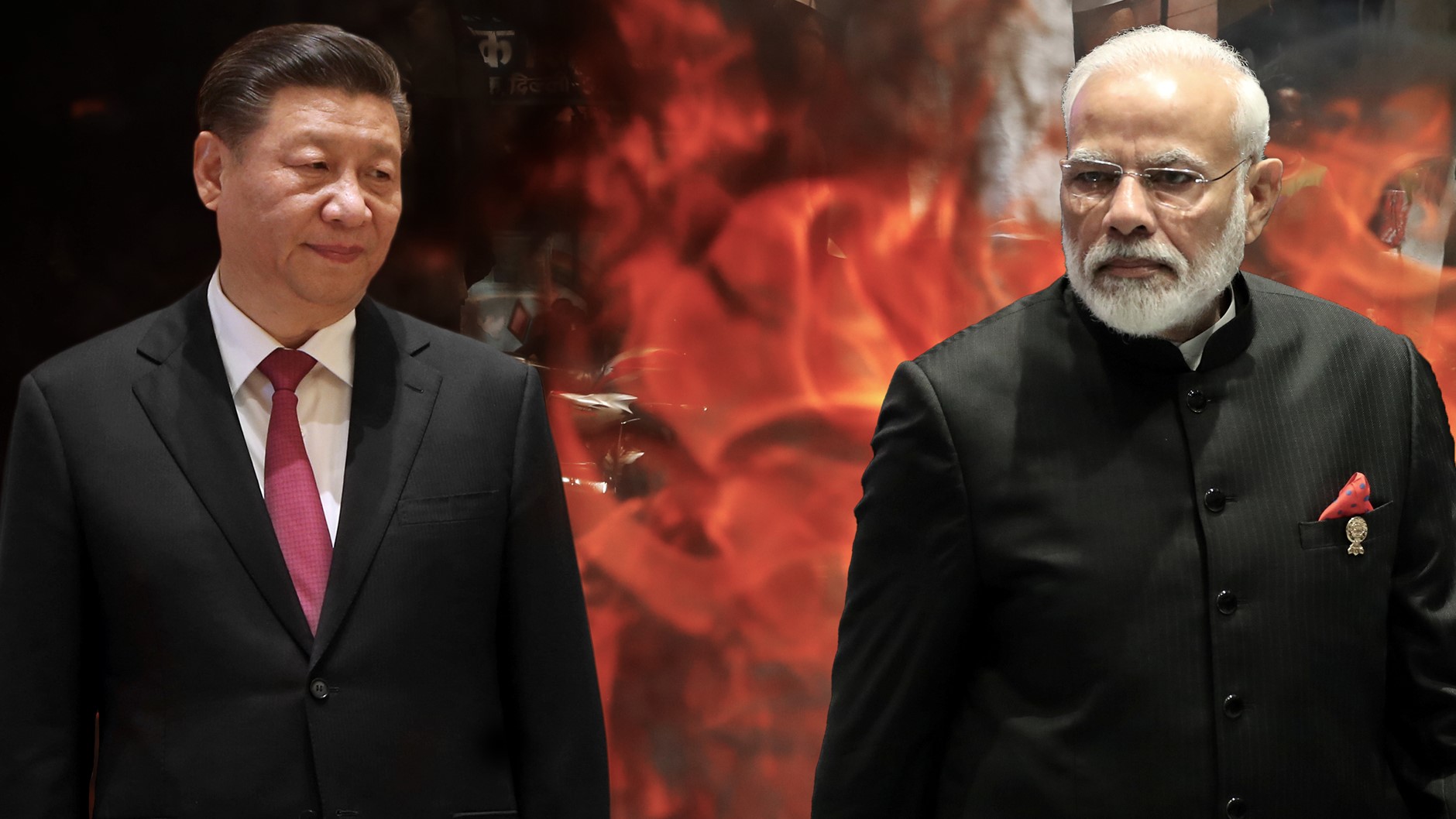

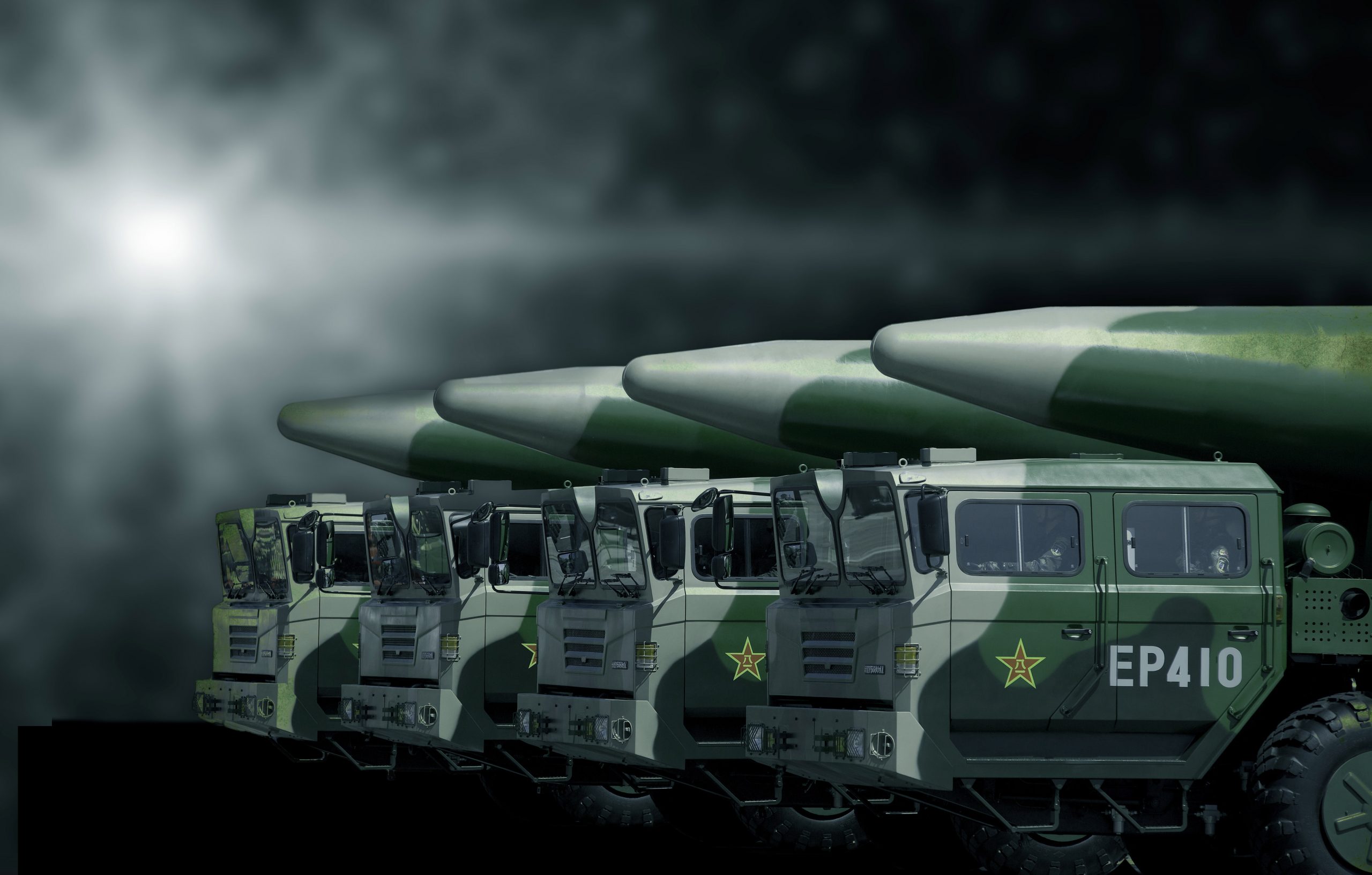

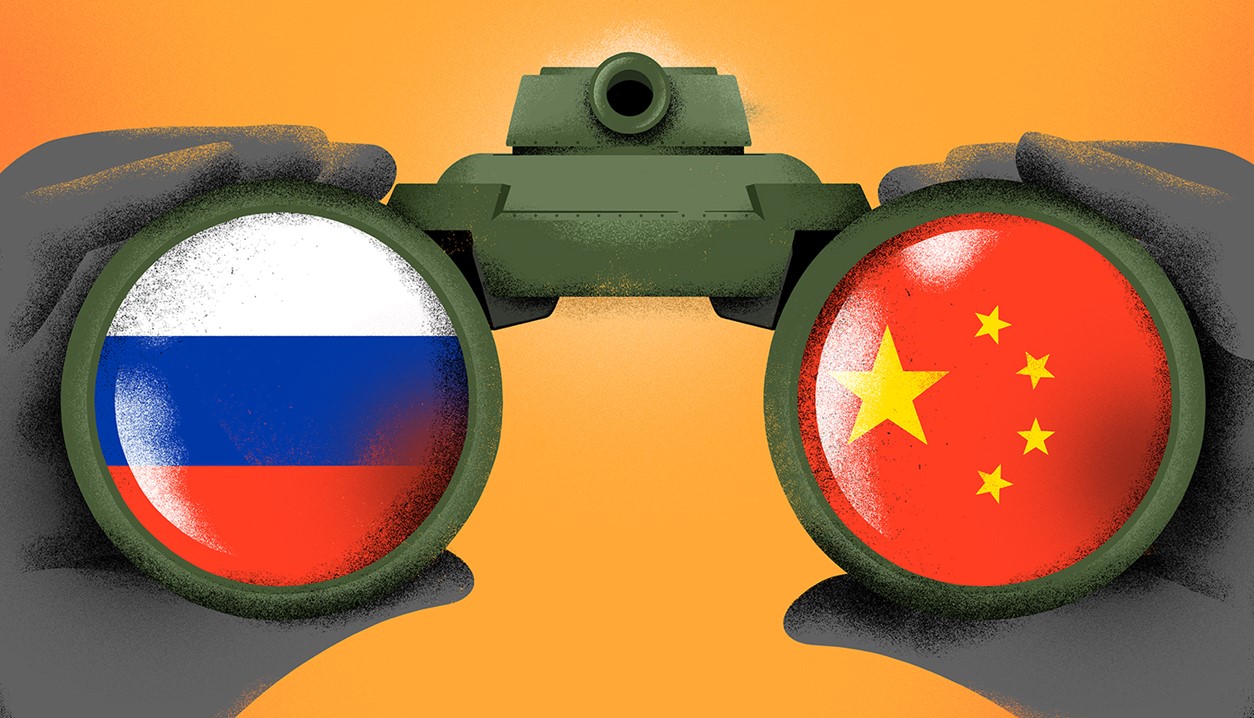
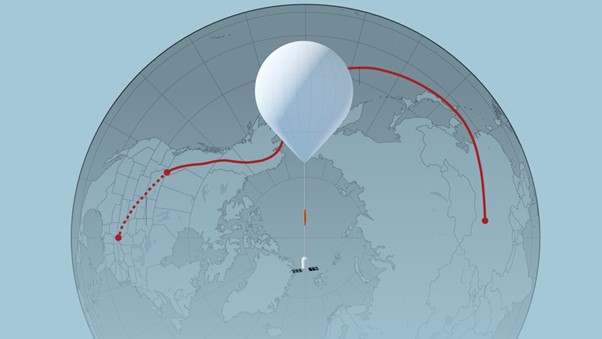
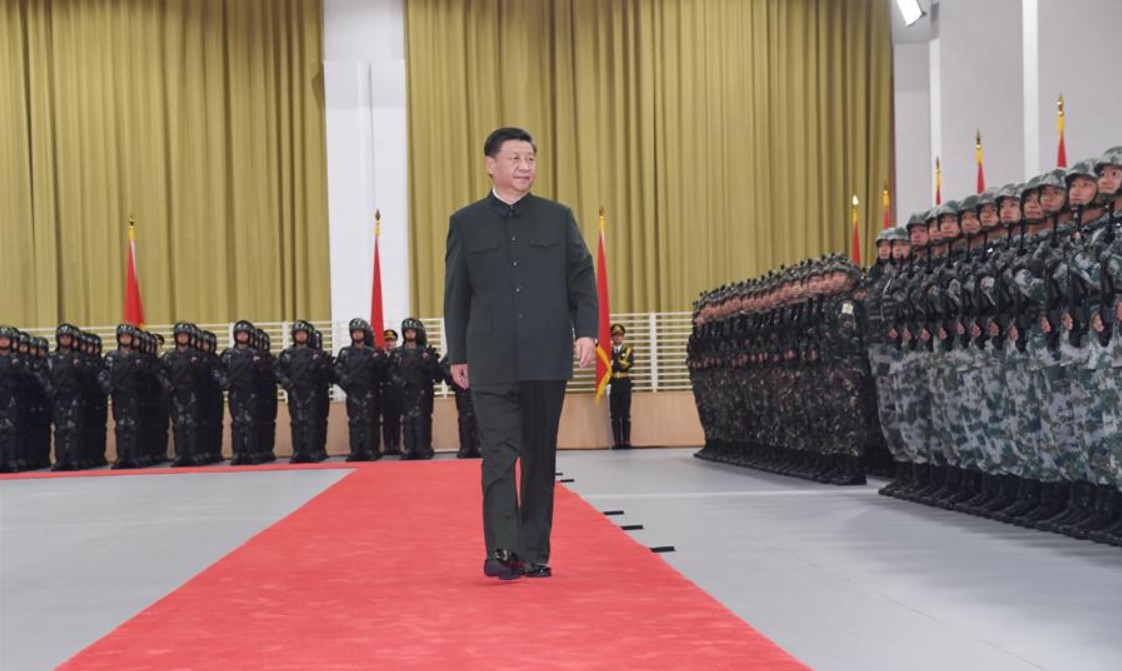









POST COMMENTS (15)
ST
Atul Dewan
BINOO KRISHNA
reji KODUVATH
Judithann Campbell
Narinder Pal Singh Hora
Cdr Ravi Mathews
Rakesh P
SHAMIT BISWAS
Cdr Deepak Singh
Wendell Bruges
Clarence Carvalho
GP Singh
Raghu Vir
Raman Gupta